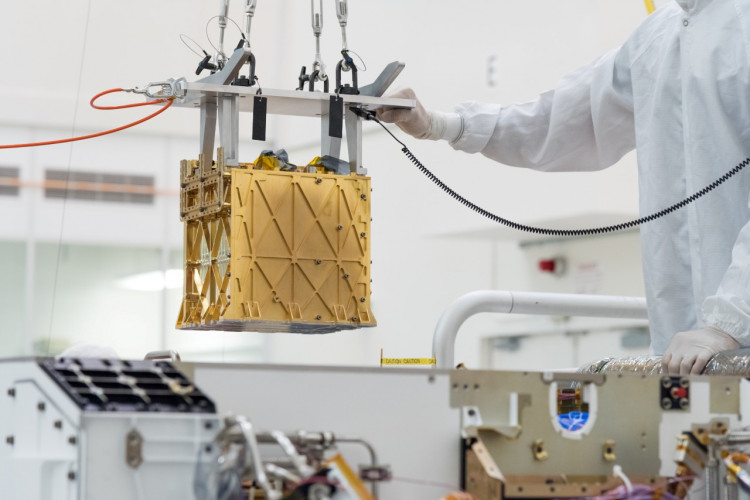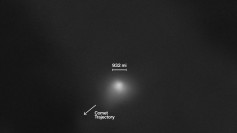The U.S. National Aeronautics and Space Administration's Perseverance rover has achieved another Mars first - a milestone that may pave the way for astronauts of the future to explore the barren planet with relative ease.
The rover successfully used its Mars Oxygen In-Situ Resource Utilization Experiment (MOXIE) tool to generate oxygen from the thin, carbon dioxide-dominated Martian atmosphere - demonstrating technology that might help astronauts breathe. They might also be able to make fuel to transport them back to Earth.
MOXIE generates oxygen from carbon dioxide and emits carbon monoxide as a waste product. It is made of heat-tolerant materials and has a thin gold coating to prevent potentially harmful heat from radiating outward into Perseverance's body during the conversion process - which occurs at temperatures around 1,470 F (800 C).
Perseverance achieved another epic Martian first this week: NASA's Ingenuity helicopter's first Mars flight.
"This is a critical first step at converting carbon dioxide to oxygen on Mars," NASA's space technology mission directorate associate administrator Jim Reuter said in a statement. "MOXIE has more work to do, but the results from this technology demonstration are full of promise as we move toward our goal of one day seeing humans on Mars."
The MOXIE team warmed up the instrument for two hours before letting it run for an hour. MOXIE provided 5.4 grams of oxygen during that time - which is roughly enough to keep an astronaut breathing comfortably for 10 minutes, according to NASA.
MOXIE's first attempt didn't exhaust the experiment: it can produce around 10 grams of oxygen an hour. The instrument will eventually achieve this. The team intends to perform about nine more runs over the course of one Mars year, or about 687 Earth days.
According to NASA, these trials will be in three stages. The first involves testing and characterizing the instrument while the second evaluates MOXIE's performance under various atmospheric conditions. In the third and final phase "we'll push the envelope," MOXIE principal investigator Michael Hecht said.
Perseverance landed in the 28-mile wide (45-kilometer) Jezero Crater Feb. 18 and is searching for evidence of ancient Mars life and gathering samples for a possible return to Earth. When Ingenuity's monthlong flight window ends in about two weeks the rover will be able to focus entirely on those core tasks.




